May 2017 Ideas and Innovation
Read the articles selected in May 2017
Los coches que pueden salvar las ciudades
by Milagros Pérez Oliva
Source: El Paìs, 25 May
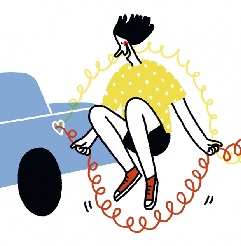
80% of urban pollution is due to traffic on wheels. The UE states 400.000 premature deaths caused by air pollution every year. Car sharing seems the most rational solution so far. After the Bloomberg report, electric energy as an alternative is clean only if it comes from clean sources.
Read more:
http://elpaissemanal.elpais.com/documentos/coches-inteligentes-salvar-ciudades/
Das Internet becommt ein Institut
by Tilmann Warnecke
Source: Die Zeit, 24 May
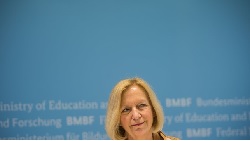
In Berlin starts with 50 million euros funding the Deutsche Internet-Institut, a consortium of five universities and research institutes devoted to the social and political effects of the digital revolution, from the citizens’ democratic self-determination to the transformation of labor world.
Read more:
http://www.zeit.de/digital/internet/2017-05/deutsche-internet-institut-berlin-digitalisierung
Virus hunters draw a map of Zika’s spread with Dna
by Megan Molteni
Source: Wired, 24 May
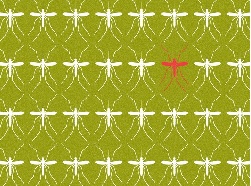
Researchers of Oxford and Birmingham universities have developed a technique called “molecular clock”, based on the number of genomic mutations, to anticipate the time the virus Zika takes to outbreak in different places, before the official reports. The study is published in Nature.
Read more:
https://www.wired.com/2017/05/virus-hunters-draw-map-zikas-spread-dna/
“Disco bacteria” could churn out drugs and useful chemicals
Source: The Economist, 25 May

In an experiment published in Nature Chemical Biology, an MIT biologist altered 18 different genes of Escherichia coli to develop photosensors able to regulate the expression of bacterial genes and that could be used to make chemicals or drugs.
Read more:
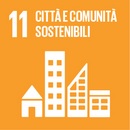
How to fix climate change: put cities, not countries, in charge
by Benjamin Barber
Source: The Guardian, 8 May
A paucity of resources and the absence of autonomy and jurisdiction prevent cities from playing a protagonist role in facing global warming. Yet cities could be the forefront of sustainable development. As political institutions of the planet’s majority, they have a natural right to take action against climate change.
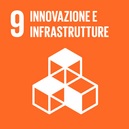
Satellite images reveal gaps in global population data
by Jeff Tollefson
Source: Nature, 9 May
The Bill & Melinda Gates Foundation has created an unprecedented detailed and updated map to chart human settlements around the globe. Its data are based on satellite-imagery and computer-learning algorithms and are crucial for a better management of public health and infrastructures especially in developing countries.
Read more:
https://www.nature.com/news/satellite-images-reveal-gaps-in-global-population-data-1.21957
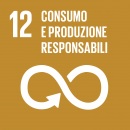
Edible water: how eating little balls of H2O could be the answer to the world’s plastic pollution
by Julia Platt Leonard
Source: http://www.independent.co.uk, 14 April
A new packaging technology for water, a seaweed–based membrane that holds liquid, could become an alternative to plastic bottles. While these take 700 years to decompose and are recycled only in a half, seaweed is a renewable material that can be produced locally.
Read more:

Inclusive innovation policies
by Sandra Planes-Satorra & Caroline Paunov
Source: http://www.oecd.org/
Inequalities are a big challenge for our societies, which reverberates in educational attainment and health status. Innovation policies can play a key role to promote inclusion of disadvantaged groups and individuals, boosting activities critical for economic growth and job creation, including research and entrepreneurship.
Read more:
The shock tactics set to shake up immunology
by Douglas Fox
Source: Nature, 3 May

The vagus-nerve stimulation, already used to treat epilepsy and depression, seems promising for the cure of autoimmune diseases. The vagus nerve, which putatively connects the brainstem to the sympathetic nervous system, links the nervous with the immune system.
Read more:
Ghana telescope heralds first pan-African array
by Sarah Wild
Source: Nature, 9 May

In Ghana the first radio telescope in the continent outside South Africa, converted from an obsolete telecommunication dish, could be incorporated in a European network of far-apart radio instruments but it will also produce separate research to develop an African astronomy.
Read more:
https://www.nature.com/news/ghana-telescope-heralds-first-pan-african-array-1.21958
Your future virtual assistant may develop ideas of its own
by Steven Overly
Source: The Washington Post, 8 May
After the development by the artificial intelligence of human-initiated virtual assistants that do what we command, a virtual assistant robot will proactively interact with us storing and analyzing information about our daily lives, helping us, especially if we are elderly, socially isolated and physically inactive.
Early human fossil find questions evolution theories
by Ian Sample
Source: The Guardian, 9 May
The remnants of 18 Homo Naledi found near Johannesburg, dated between 335000 and 236000 years ago, which corresponds to the same time of Homo sapiens, display extraordinary primitive as well modern characteristics, showing that human evolution is not a linear progression.
Silicon Valley’s mission to save California ag from dying of thirst
Source: Wired, 4 May

Water scarcity threatens crops in California, the top agricultural producer in USA. In the Silicon Valley, some start-ups help farmers to optimize water and fertilizer application. The climate change urges to fill the gap between agriculture and technology sectors.
Read more:
https://www.wired.com/2017/05/silicon-valley-aims-save-californias-water/
Gibt es im Sonnensystem Spuren früherer Zivilisationen?
by Jan Dönges
Source: Die Zeit, 3 May

In a paper published on the “International Journal of Astrobiology” the SETI Institute astrophysicist Jason Wright asserts that the spoors of evolved civilization are more likely to be found on the Earth and in the neighbour planets than in a further solar system.
Read more:
El mecanismo del cerebro che explica los déja vu
by Jaime Rubio Hancock
Source: El Paìs, 3 May
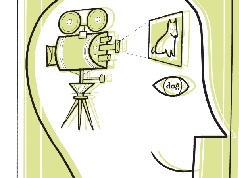
After a recent theory, the déjà vu is to explain as a conflict between brain areas simultaneously active, the areas dedicated to memory like the hippocampus, and the frontal lobes that have functions of supervision and control.
Read more:
http://verne.elpais.com/verne/2017/04/10/articulo/1491838302_593606.html
How to protect women against both HIV and pregnancy
Source: The Economist, 4 May
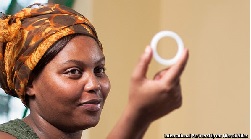
A US Charity (IPM) has developed a silicone device that combines an anti-HIV drug with a contraceptive. They hope after the first trial that with the sales in the rich world they will able to distribute the product to poor countries where the need is greatest, given the statistics on the infection.
Read more:
Un utérus artificiel pour les extrêmes prématurés
Source: Le Monde, 27 April
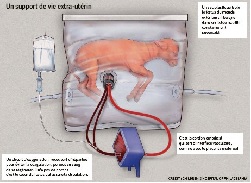
A team of researchers in Philadelphia is texting an incubator for premature lambs, born without chance of surviving. This artificial uterus, able to ensure the maturation of lungs, can’t allow evaluating yet its long-term effects on the animal and the possible application on humans.
The rise of sex robots
Source: The Guardian, 27 April

The first sex machines, presented at Abyss Creations’ factory in San Diego, California, are going to inaugurate the market of humanoids for domestic service.They are designed like dolls, do combine artificial intelligence and motion-sensing technologies, talk and learn their owner’s tastes.
How NASA visualizes stunning worlds without really seeing them
by Emma Grey Ellis
Source: Wired, 27 April

Artists rendering of scientific data about exoplanets are imaginative visions that can do without making exoplanets and their beauty analogous to the Earth as if they’d been “seen” by scientists, but it’s only an illusion that brings them to the knowledge in all the world.
Read more:
https://www.wired.com/2017/04/nasa-visualizes-stunning-worlds-without-really-seeing/
Info
- Pubblicato il : 19/12/2017 Modificato il : 04/04/2019

